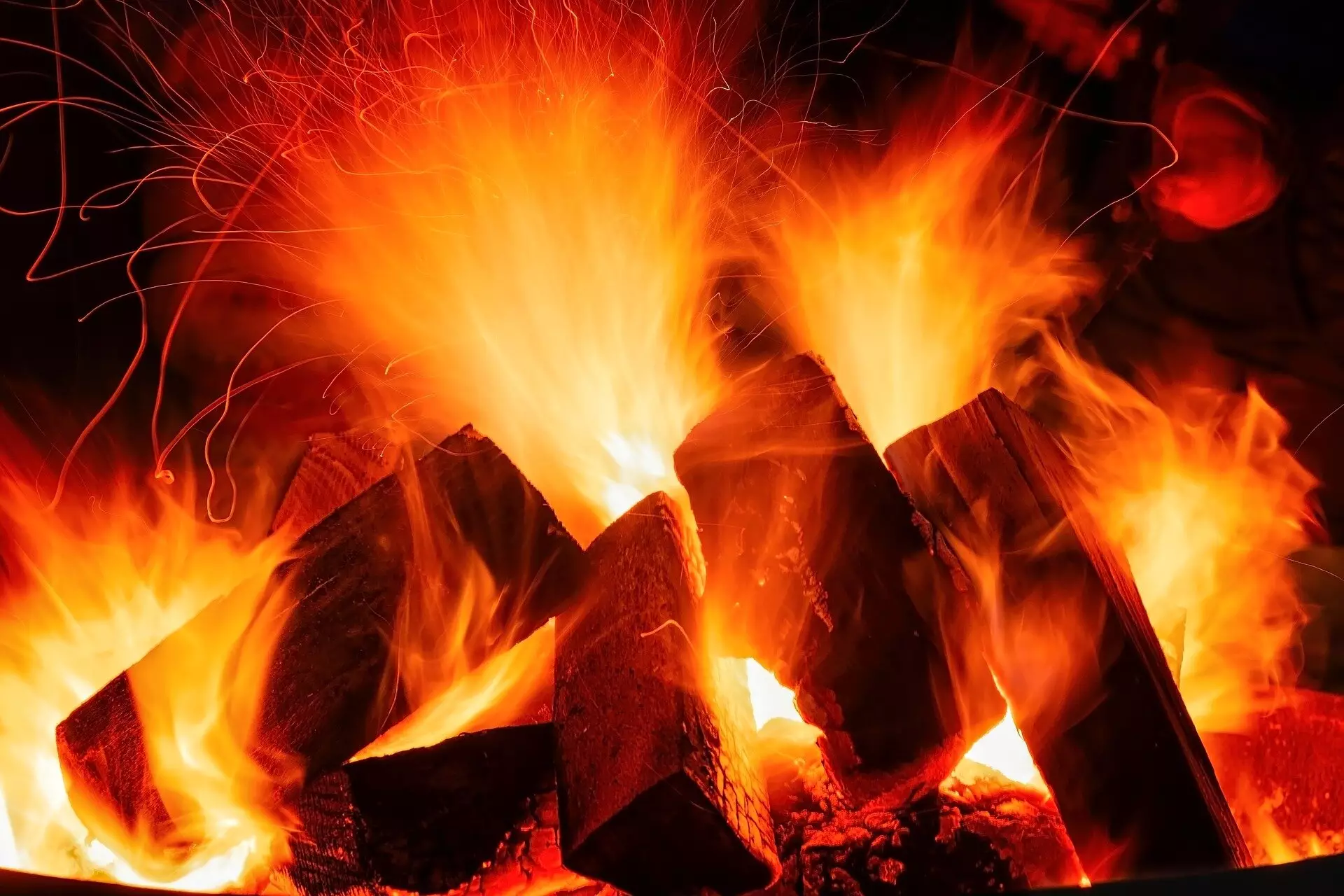In the quest to achieve the United Nations climate goal of net zero emissions by 2050, recent Stanford-led research in PNAS Nexus has uncovered a groundbreaking solution that may pave the way for a sustainable future. This cutting-edge technology involves the use of heat-absorbing bricks assembled in an insulated container to store energy generated by solar or wind power. By harnessing the power of these firebricks, industrial processes can continue to operate on renewable energy even in the absence of direct sunlight or wind energy.
Ancient Origins, Modern Application
The concept of using firebricks for heat storage harkens back to the ancient practices of lining kilns and furnaces with insulating bricks. However, in this modern application, the focus is on maximizing heat storage capacity rather than insulation. These bricks, composed of basic materials akin to “components of dirt,” offer a cost-effective alternative to traditional battery storage. Lead study author Mark Z. Jacobson emphasizes that the simplicity and affordability of firebricks make them a viable solution for industries requiring high-temperature heat processes.
The implications of transitioning to renewable energy for industrial processes are significant. Currently, a substantial portion of global carbon dioxide emissions stems from burning fossil fuels to produce heat for manufacturing. By utilizing firebricks to store heat closest to its end use, the efficiency of energy conversion is optimized. This not only reduces carbon emissions but also enhances overall energy security and sustainability.
The Stanford-led research team conducted an extensive analysis of 149 countries to evaluate the potential impact of adopting firebricks for industrial process heat. In a hypothetical future scenario where countries shift entirely to renewable energy sources, firebricks emerged as a key component in accelerating the transition. The findings indicate that integrating firebricks into energy systems can result in substantial cost savings, reduced reliance on the grid, and minimized demand for traditional energy storage methods.
Promoting Global Health and Wellbeing
The transition to clean energy is not just about reducing carbon emissions; it is also intricately linked to human health. The detrimental effects of air pollution from fossil fuel combustion are well-documented, resulting in millions of premature deaths annually. By transitioning to renewable energy sources and implementing innovative technologies like firebricks, we have an opportunity to mitigate these health risks and create a sustainable future for all.
Lead researcher Mark Z. Jacobson’s dedication to finding practical solutions for clean energy transition is evident in his enthusiasm for the potential of firebricks. By offering a cost-effective and impactful alternative to traditional energy storage methods, firebricks have the capacity to revolutionize the way we approach industrial processes. The scalability and affordability of this technology make it an attractive option for countries, states, and cities seeking to reduce their carbon footprint and embrace sustainable practices.
The power of firebricks in revolutionizing clean energy represents a significant step towards achieving global climate goals. By leveraging ancient wisdom with modern innovation, we have the opportunity to shape a more sustainable future for generations to come.


Leave a Reply